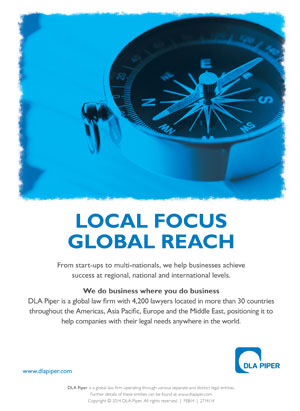Women in the Italian Legal market
In Italy, the law firm ceiling is not pink, but clear glass. As in other countries, in order to succeed women must rigorously struggle to break through the traditional “old boys network.” Impressively, in Italy, women account for about 39% of the total sum of professionals.
This statistic becomes less relevant ascending the business hierarchy. The appearance of women in jobs at the top of the professional pyramid is approximately halved. In 2016, 84.6% of equity partners were men, leaving the remaining 15.4% to female partners. This is a step down compared to the previous year, when 15.8% of equity partner positions were held by women.
Unsurprisingly, the inequality in equity partner positions does not compare to those in managing positions. According to our research, in Italy, there are only three women who manage a structured business: Roberta Crivellaro, the managing partner of the Milan office of Withers: Stefania Radoccia, the head of EY’s legal branch; and Laura Orlando, chosen by Herbert Smith Freehills to lead the newly established Italian headquarters. Among the most important positions entrusted to women, the Magic Circle firm Linklaters scored positive points by appointing Claudia Parzani, an Italian partner in the capital markets department, as a Western European Regional managing partner. This prestigious assignment allows Parzani to sit on the executive committee and have input into key decisions defining the strategy and objectives of Linklaters.
Gender diversity could be a driving force for development. The reason, studied for some time in the western world, is quite simple: diversity is a recurring workplace theme. An inclusive environment not only favors the productivity of professionals, but also promotes consistency with the policies and demands of customers. This is especially prevalent in the United States and Europe where diversity policies are required.
Sensitivity surrounding the topic is increasing in Italy. This cultural change should not to be taken for granted, it should be cultivated.
Faced with the spread of certain change, the statistics regarding the top female roles within organizations still do not do justice to the female gender. This is why diversity needs “maintenance.” Because diversity itself cannot be quantified by showing the added value it will bring to a company, diversity needs to be encouraged through the use of clear policies and training in order to ensure successful implementation. There is an untouched female potential that must be used. To do this, organizations cannot wait patiently for change, they must set the spark for change.








